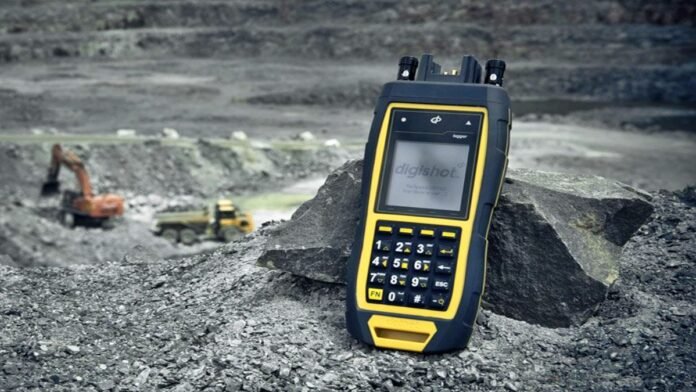
Key Points
- Coal India’s 300 underground mines face major shutdowns after DGMS action on detonator rule violation.
- Coal output across subsidiaries, including Western Coalfields Ltd., has nearly halted.
- The ban on electric detonators took effect on April 1, 2025, citing public safety risks.
- Coal stocks are depleting fast; power and industry sectors may face supply shortages.
- Digital detonators cost more than 40 times traditional ones, making adoption difficult for companies.
New Delhi: A nationwide coal production crisis has erupted after the Directorate General of Mines Safety (DGMS) took strict action against companies defying the government’s order to replace electric detonators with digital ones. More than 300 underground mines operated by Coal India Limited (CIL) and its subsidiaries have been forced to suspend or curtail operations, triggering concerns about an impending coal shortage nationwide.
The dispute arises from a central government directive that came into effect on April 1, 2025. The Department for Promotion of Industry and Internal Trade (DPIIT) had earlier declared in its notification that electric detonators are “hazardous” and posed national security risks, leading to a phased ban on their manufacture, possession, and import across India.
Despite repeated requests from coal companies for extensions, DGMS refused to relax the ban this year, citing safety priorities. The moratorium expired on September 30, and since October 1, production in several underground mines has come to a standstill as no blasting operations could continue without compliance.
Impact on Coal Supply
Sources confirm that current coal production disruptions have already hit Western Coalfields Limited (WCL). Of its 17 underground mines, 15 have ceased production completely, while two are conducting limited trial runs using digital detonators. WCL has reported a loss of nearly 37,893 tons of coal production so far, officials said. Companies have been maintaining supply through existing reserves, but those have nearly depleted after 15 days of halted mining.
Why Coal Companies Are Resisting
Industry experts note that the key reason for resistance is cost. The shift from traditional electric detonators, which cost about ₹7 each, to digital detonators priced at around ₹300 has severely strained operational budgets. As a result, the per-ton coal production cost has significantly increased, especially for underground mining, where multiple detonations are required per operation.
Officials at Coal India have warned that prolonged disruption could reduce output targets by several million tons this quarter, affecting downstream sectors such as electricity and steel. Power utilities that rely primarily on CIL’s supply chain have already started raising concerns about potential power shortages if normal production does not resume soon.
DGMS’s Hardline Stance
DGMS, however, remains firm in its position. Officials at the bureau emphasized that safety and modernization cannot be compromised for cost reasons. They argued that digital detonators offer higher precision and drastically reduce the risk of accidental explosions in confined underground settings. The regulator reportedly declined CIL’s last-minute appeal for another extension, emphasizing that companies had a year-long transition period to comply.
Future Outlook
Coal India is currently exploring emergency procurement of digital detonators through global suppliers. Tender notices have been floated for electronic blasting devices to restore production as early as November 2025. Meanwhile, industry observers warn that if the disruption continues, India could see a short-term dip in coal availability that may pressure both industrial and power-generation sectors heading into winter.
The detonator transition, mandated for national safety, has thus triggered unforeseen consequences for India’s critical energy supply chain—leaving policymakers to balance between safety reform and energy security in the months ahead.









































